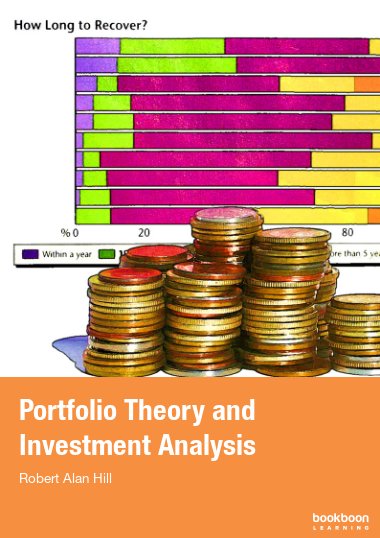This book evaluates the origins of Modern Portfolio Theory (MPT) as a guide for further study. Based on the pioneering work of Harry Markowitz and John Tobin we learn how anybody with today’s software and a reasonable financial education can model risky investment portfolios. But one lesson from the 2007 banking and 2010 euro crises is that computer driven models can be so complex that investors may not interpret their results correctly. Returning to first principles, we therefore explain why MPT is only a guide to action and program trading is no substitute for human judgement. Investors should always understand the models that underpin their analyses.

